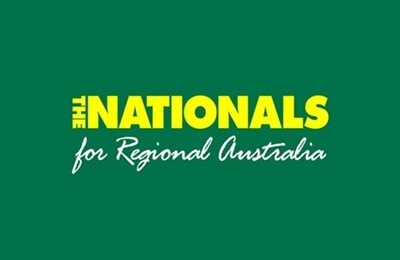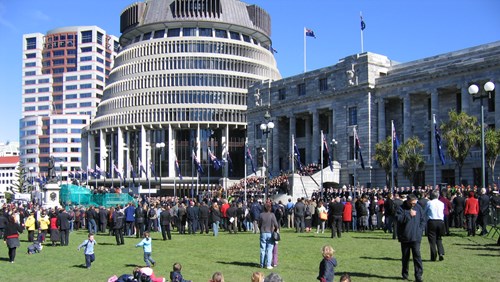
OPINION: Kimberley recovery must learn from Cyclone Seroja flaws
The recent Kimberley flooding event which devastated communities and displaced hundreds of residents in our State’s north will require a swift and significant recovery from both the State and Commonwealth Government’s.
However, one thing is clear – the State Government must not make the same mistakes they made during the flawed Cyclone Seroja recovery in WA’s Mid West – which has dragged on and left some bracing for a third winter without a roof over their heads.
When ex-tropical Cyclone Ellie crossed into Western Australia on 28 December 2022, it was followed by widespread rainfall across the Kimberley, leading to WA’s worst ever flooding.
Hundreds of homes have been damaged by floodwaters, leaving many homeless or displaced until damages can be assessed and repairs undertaken.
Extensive damage has also been caused to the Great Northern Highway, wiping out a major freight link for Northern Australia which will take years to fully rebuild.
There is no doubt the recovery task at hand will be astronomical, and every effort must be made to ensure that those effected by this major natural disaster do not suffer extended periods of displacement and are able to rebuild quickly.
The McGowan Labor Government would do well to learn from the flawed Cyclone Seroja recovery which attracted criticism for its slow rollout, with less than 10 per cent of a promised $104.5 million Disaster Recovery Funding Arrangement (DRFA) package reaching those in need almost two years on from the disaster.
In terms of both geographic and financial impact, Cyclone Seroja remains the largest natural disaster in WA’s history, causing widespread damage across an area greater than 133,000 square kilometres and causing an insurance bill of $400 million so far.
Yet in the 21 months since Cyclone Seroja impacted WA, many questions have arisen about the McGowan Labor Government’s recovery efforts.
Chief among them is how the record $104.5 million DRFA funding package has been utilised. Parliamentary Questions asked by the Opposition revealed under $7 million of this package has been distributed to impacted households, businesses and primary producers, while hundreds of applications are still yet to be processed.
While DRFA funding has also been activated in response to the Kimberley floods, little detail has been provided as to what funding is available, who is eligible, or how it can be accessed.
Last week, Prime Minister Anthony Albanese promised Kimberley residents they would receive a “significant” emergency response package, including $10,000 for repairs and a further $10,000 to replace household contents – yet further detail remains scant.
Another announcement, made by Federal Emergency Management Minister Murray Watt, promised one-off emergency payments of $200 per person and up to $800 per household.
That figure was surprising, as it is well below the Disaster Assistance Payments provided to households following Cyclone Seroja or the recent New South Wales floods – which saw payments of $1,000 per adult and $400 per child granted in the immediate aftermath.
When I queried this, I was assured Kimberley residents could access both the $200 emergency payments – by contacting the Department of Communities hotline – as well as the $1,000 Disaster Assistance Payments – which are now available online via the Services Australia website.
While this is a welcome outcome, information gaps and the hurdles of dealing with multiple departments is frustrating for residents already facing with a life-altering crisis and shows an inconsistent approach to disaster recovery from a Government who should be well-versed by now.
Clarity around funding is urgently needed to alleviate anxiety for those impacted and allow them to purchase necessities or accommodation as they wait to return home.
Another key challenge identified following Cyclone Seroja, which the McGowan Labor Government is still yet to address, has been establishing key worker accommodation in the region and incentivising trades to the Mid West to help with recovery.
The remoteness of the Kimberley means these challenges will be amplified ten-fold, and the Government will need to consider how they step up to meet this task.
With the McGowan Government and public interest turning towards Kimberley recovery operations, it boggles the mind that we have witnessed another major natural disaster without learning lessons from Cyclone Seroja almost two years ago.
Perhaps this is due to the Government’s refusal to commit to an independent review into their response to Cyclone Seroja, along with a failure to complete an internal review, which may have made recommendations to strengthen and improve future recovery processes.
Last week, Premier Mark McGowan promised Kimberley residents he would “work for as long as it takes to ensure communities recover and rebuild.”
If the Cyclone Seroja recovery is any measuring stick to go by, flood-impacted families, businesses and communities in the Kimberley may need to settle in for a lengthy and challenging recovery.


